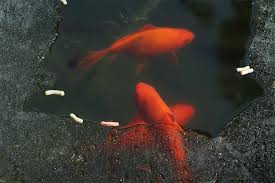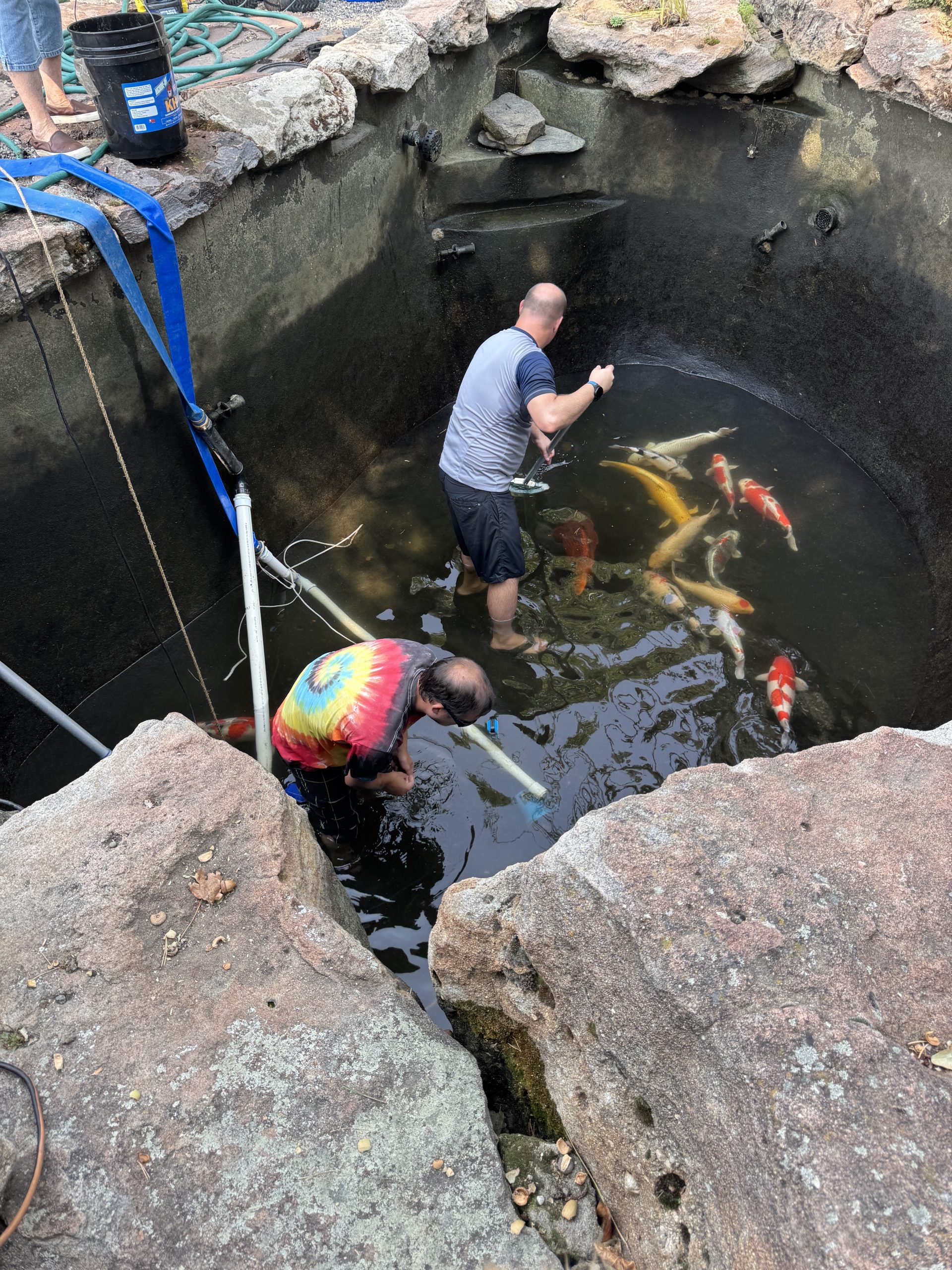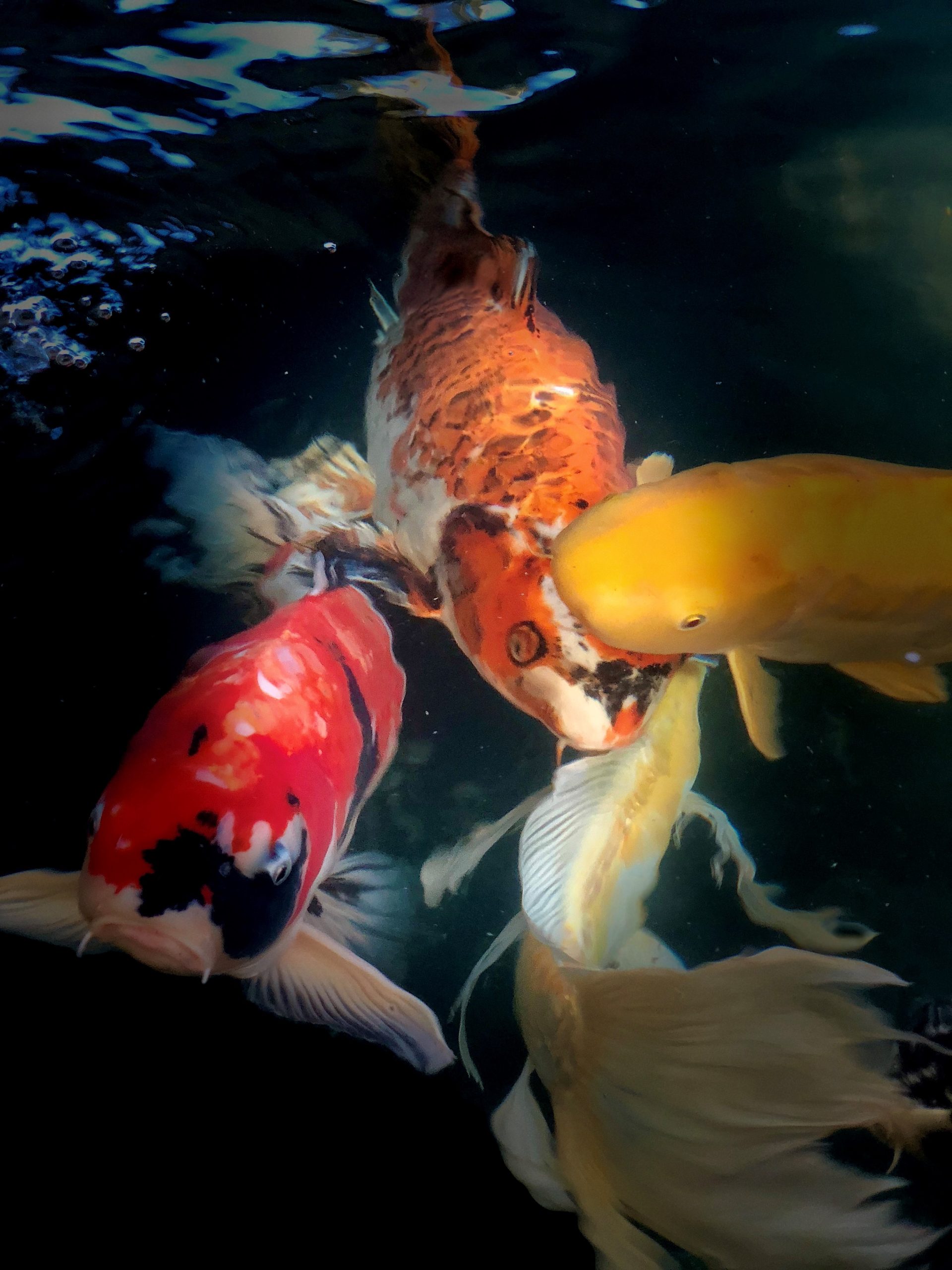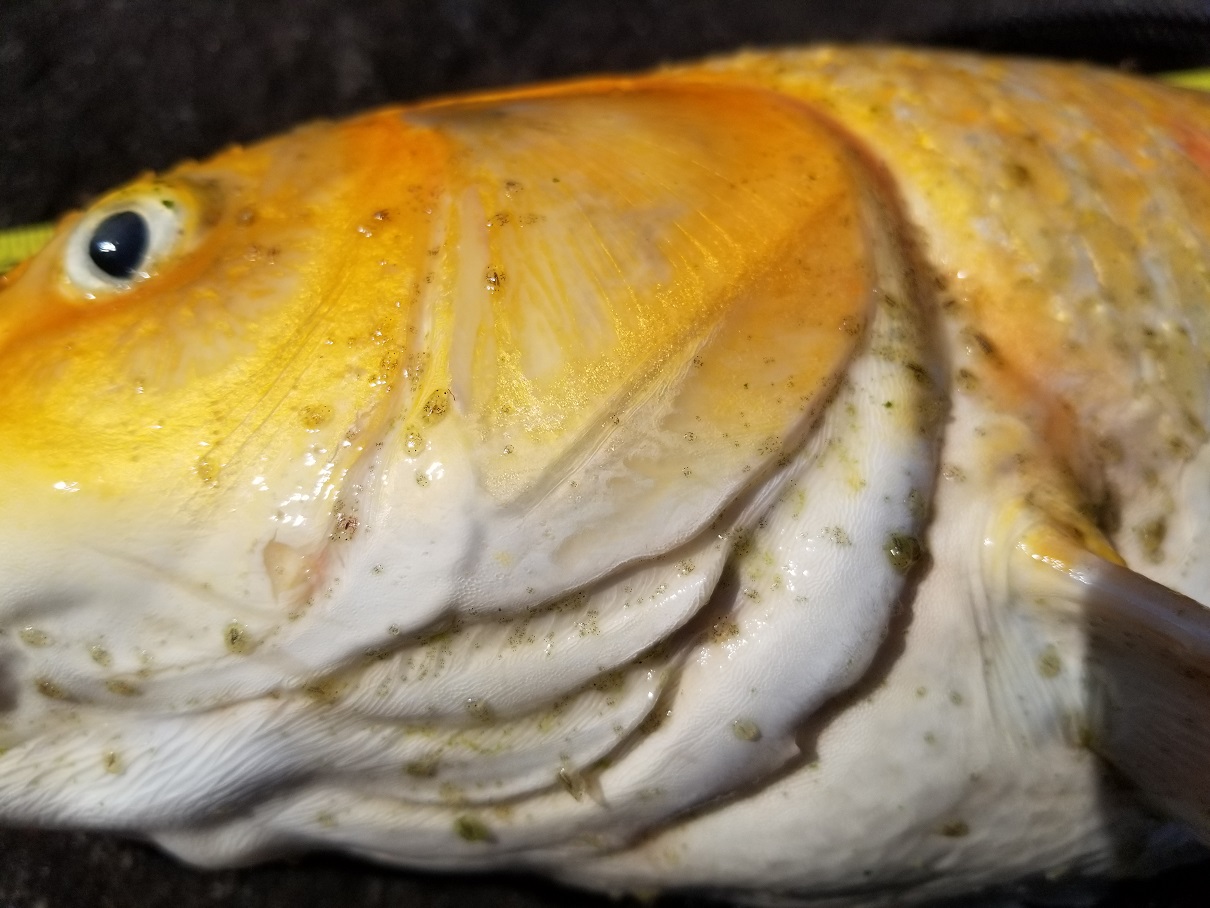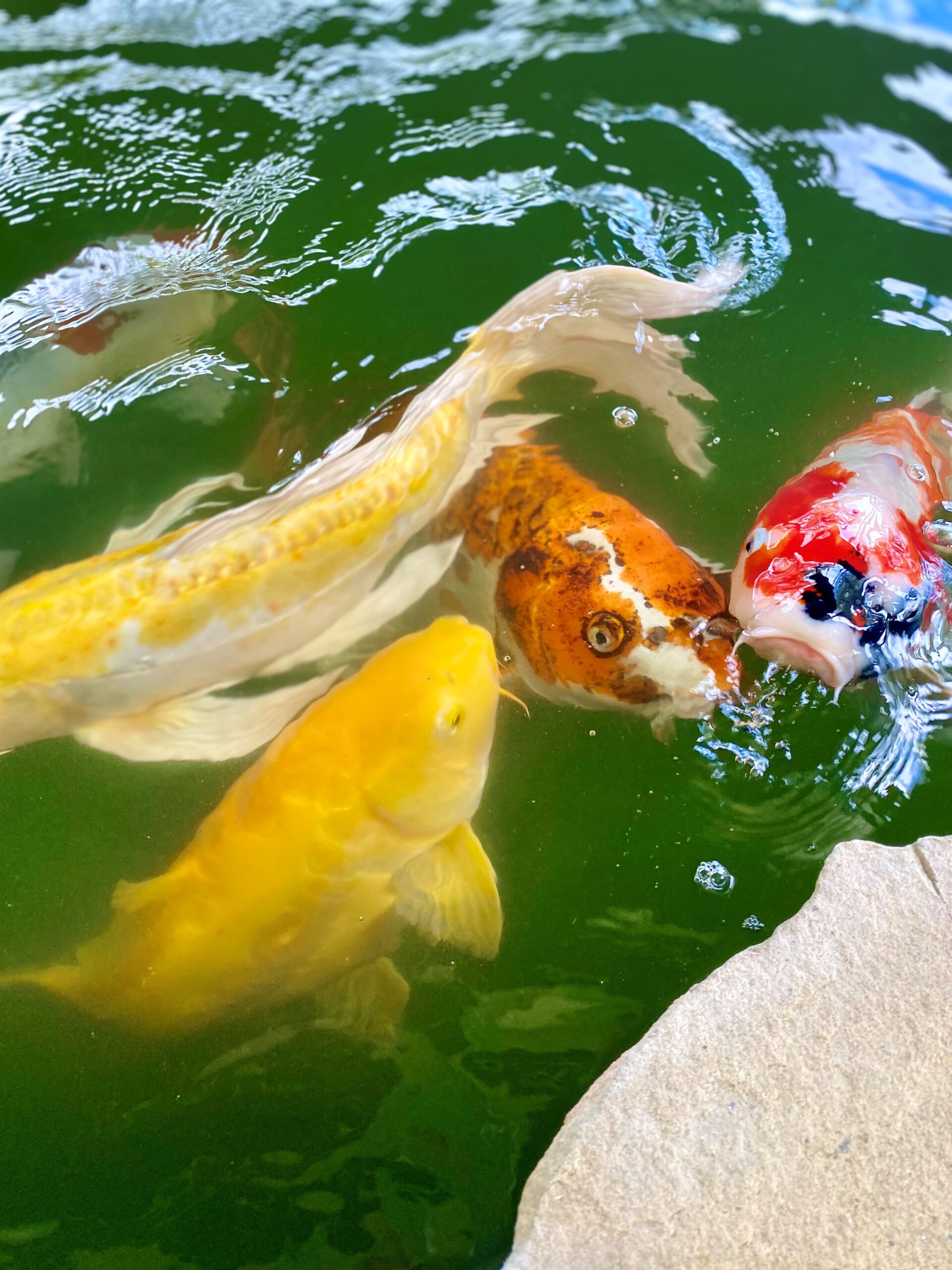
- Feeding: especially in small or shallow ponds, be sure to watch the temperature of the water. At 80°F, revert to the spring Wheat Germ food and feed sparingly. At 90°F, stop all feeding. These are not tropical fish. They are temperate zone fish and have difficulty absorbing nutrients at higher temperatures (like they do at temperatures below 50°F).
- Shade: your fish are stressed by excess heat. A sail-cloth or other way of implementing shade for the fish is helpful. While plants need the sunlight, your fish will do fine in the shadows. Shade will also help control the growth of algae.
- Clean your filter. If detritus is in the filter, it is still in the pond and will contribute to the un-health of your system. Thoroughly rinse the mats and other materials, and re-inoculate with nitrifying bacteria (ML/Gel Filter Pad Bacterial Inoculant will re-inoculate the organic-removal bacteria and Nite Out II which contains the nitrifying bacteria, if it needs to be reestablished).
- Clean the bottom of the pond: remove all muck, uneaten food, fish poop, leaves, dying or dead plant leaves, etc. All that will contribute to bacterial activity and rob oxygen from your fish, especially in warm seasons.
- Algae: Clean out excess algae. Algae is an oxygenating plant during the daytime, but during shaded days and nights they take in oxygen and give off carbon dioxide. A little bit is not a problem, but excess algae take the oxygen needed by your fish. Manual removal is helpful in algae control. When algae becomes very excessive, you have the choice of using AlgAway 5.4. When in doubt, call Carolyn 239-308-4331.
- Oxygen: Add extra aeration during hot summer months. Make sure your waterfalls are running 24/7. Check your pumps. Be sure your pond is filled. Good circulation is important, too. Check your oxygen levels because oxygen is lowest in warm weather and many fish will use up available oxygen quickly.

